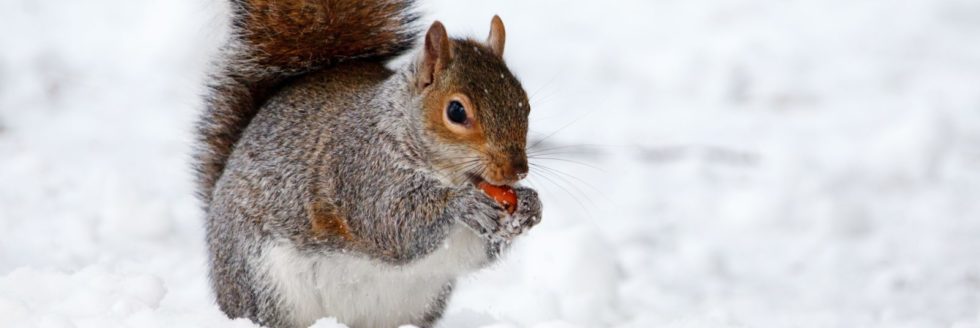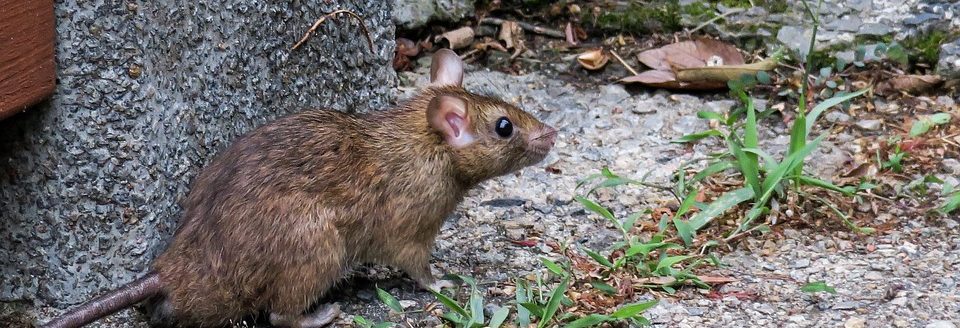How to Get Birds Out of Your Attic
Although birds are often harmless outdoors, they can become a nuisance when they invade your attic. Birds are responsible for making large messes when roosting in an attic. They also carry potentially harmful diseases and parasites. Not only do you want to get birds out of your attic, you’ll want to make adjustments to keep them away permanently.
Signs of a Bird Problem
Birds are very easy to spot and identify. If birds are coming into your attic, you can identify them by their incessant chirping. They also can make noises as they walk and scratch about the attic. Birds are also messy and leave behind nesting materials and large amounts of droppings.
Birds are more than nuisances; they can also pose a risk to human health. They carry parasites such as lice, ticks and fleas. Their droppings can also carry diseases like encephalitis.
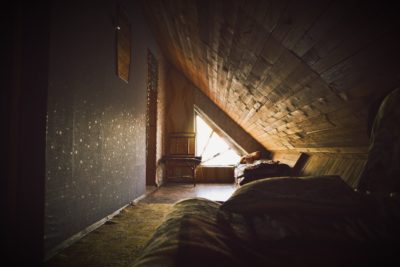 If you hear a chirping noise in the attic, that’s usually enough of a sign to confirm that birds are invading your home. However, homeowners should avoid entering the attic since any contact with bird droppings and nesting materials pose a risk to human health. Although you can check the attic briefly to look for live birds, feathers, nesting materials, and droppings, limit your exposure to the area. Spores from bird droppings can be breathed in and certain infectious diseases may be transmitted. It is important to immediately secure wildlife removal services in the case of a suspected bird problem.
If you hear a chirping noise in the attic, that’s usually enough of a sign to confirm that birds are invading your home. However, homeowners should avoid entering the attic since any contact with bird droppings and nesting materials pose a risk to human health. Although you can check the attic briefly to look for live birds, feathers, nesting materials, and droppings, limit your exposure to the area. Spores from bird droppings can be breathed in and certain infectious diseases may be transmitted. It is important to immediately secure wildlife removal services in the case of a suspected bird problem.
Removing Birds from Attic
Birds won’t leave an attic unless you take action. In fact, birds can remain in an attic for three to four months. Many laws protect birds; so don’t attempt to kill the birds as a way to remove them. The use of poison or toxic gases is never recommended to resolve a bird invasion. Kill traps are also dangerous and messy to clean up. Traps that don’t harm the animals are the safest and most humane way to get rid of birds from an attic. A lure of birdseed could get the bird into the trap and once enclosed inside the trap, they can be released outdoors.
Excluding the birds from an attic is another method to use. Open any windows and remove all screens. Play loud music to startle the birds enough to fly outdoors. Once the attic is free of birds, inspect the space. If you come across any nests, relocate them outdoors to encourage the birds not to return. Wear protective clothing and a breathing filter at all times when attempting to remove birds.
While you can attempt to remove birds from your attic yourself, professional wildlife removal is generally safer, more effective, and will ensure you’re following any local bird protection laws. Using DIY traps and repellents can be costly with very inconsistent results. Bird removal methods can also be time-consuming for the layperson. Carolina Pest’s bird removal technicians are not only experts at using reliable and timely bird removal strategies, they’re also well-versed in animal protection laws. If you have birds in your attic and want to ensure timely, legal removal, contact Carolina Pest for to schedule a consultation.
Clean-Up After Birds
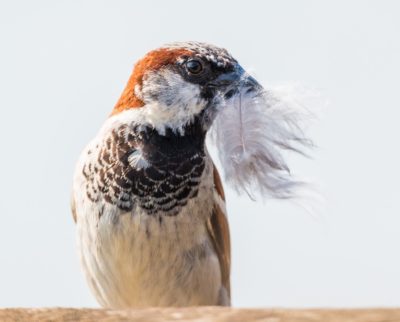 Another element to consider when removing birds from your attic is arranging for cleanup after the pests are out of your home. Birds leave behind a big mess, especially if they were nesting in the attic for some time. A deep clean will need to be done after the birds are out of the attic. Apply a disinfectant spray to all surfaces and wipe down the areas. Remove any nesting materials and bird droppings. Finally, seal any openings the birds might use to renter the attic.
Another element to consider when removing birds from your attic is arranging for cleanup after the pests are out of your home. Birds leave behind a big mess, especially if they were nesting in the attic for some time. A deep clean will need to be done after the birds are out of the attic. Apply a disinfectant spray to all surfaces and wipe down the areas. Remove any nesting materials and bird droppings. Finally, seal any openings the birds might use to renter the attic.
Besides removing bird droppings, feathers, and nesting materials, a more extensive cleanup may need to be arranged to reduce health risks. For instance, birds may damage insulation and other materials while in your attic. Certain types of insulation like fiberglass can irritate the skin and eyes, and can be harmful when breathed in. A professional can help you determine the extent of the damage and provide recommendations for the best way to address any possible health concerns.
Preventing a Future Bird Invasion
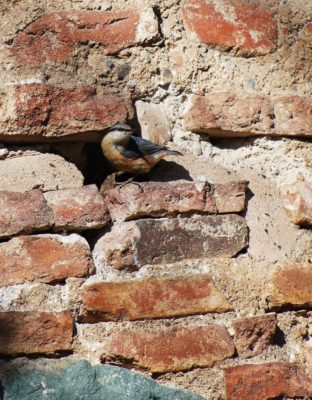 Inspect the attic completely after you have removed the birds. Check for any openings the birds could possibly use to invade your attic again. Seal any cracks or holes you come across. Chicken wire is a low-cost way to block bird entranceways into your attic. Larger holes may require professional repair.
Inspect the attic completely after you have removed the birds. Check for any openings the birds could possibly use to invade your attic again. Seal any cracks or holes you come across. Chicken wire is a low-cost way to block bird entranceways into your attic. Larger holes may require professional repair.
Repellent products like audio alarms are sold to keep away birds. However, birds often get used to the sounds made by the device and it will no longer work as an effective deterrent. However, one possible repellent that may work is the use of bird spikes. Weather-resistant bird spikes are manufactured from stainless steel or plastic. Once installed on your roof, the birds won’t be able to land and enter your attic.
If birds are in your attic, they have found an entry point into your home. If you cannot locate or seal the entrance point yourself, you may want to seek help from a professional wildlife services company. A professional knows how to get rid of birds and keep them away for good. Birds in attic removal services include inspecting the property for any holes or gaps that the pest can fit through. Many species of birds will return repeatedly to the same attic. A wildlife removal specialist understands how to get rid of birds permanently by locating entry points and providing advice on repairing any openings, as well as installing other prevention tools such as the spikes mentioned above.
Professional Bird Removal Services
Carolina Pest Management is here to help with your bird problem. By using 100% natural pest control methods, we ensure everyone in the home remains safe during and after treatment. Learn more about our Charlotte bird control & removal, and contact us today to learn more about our services.


